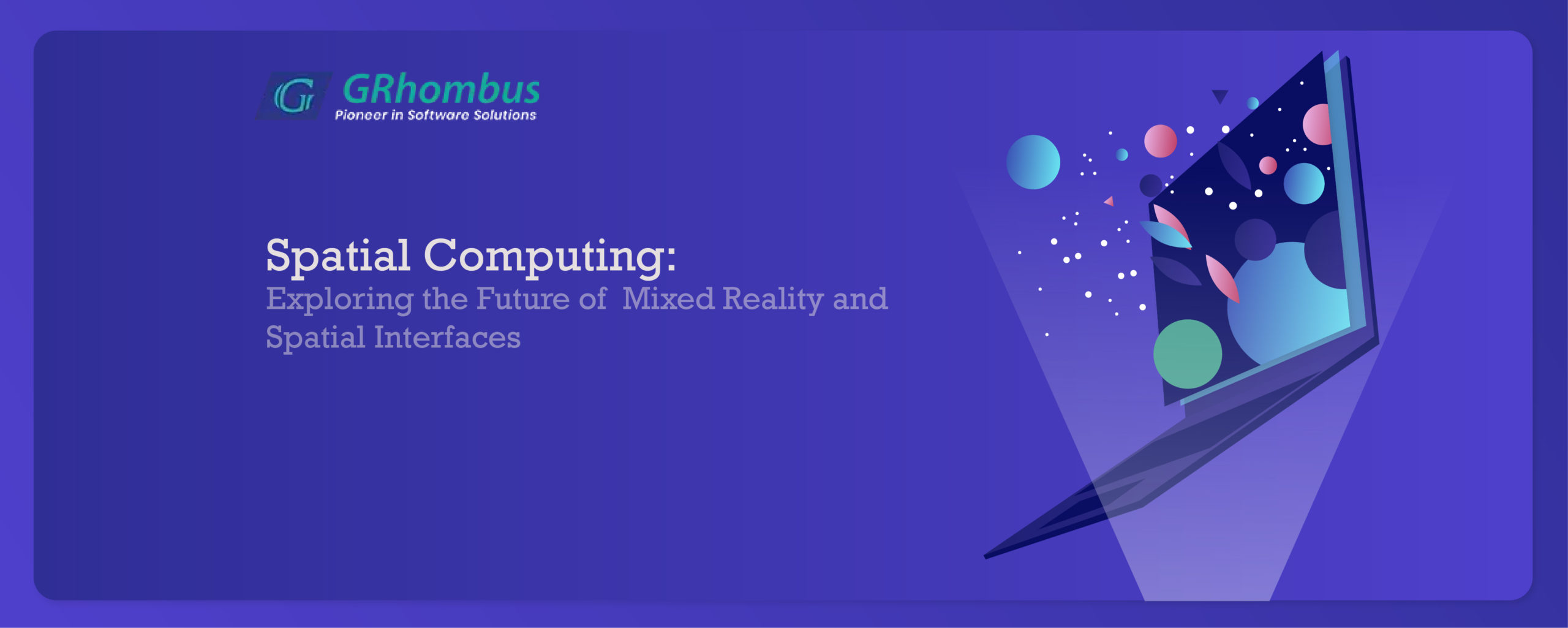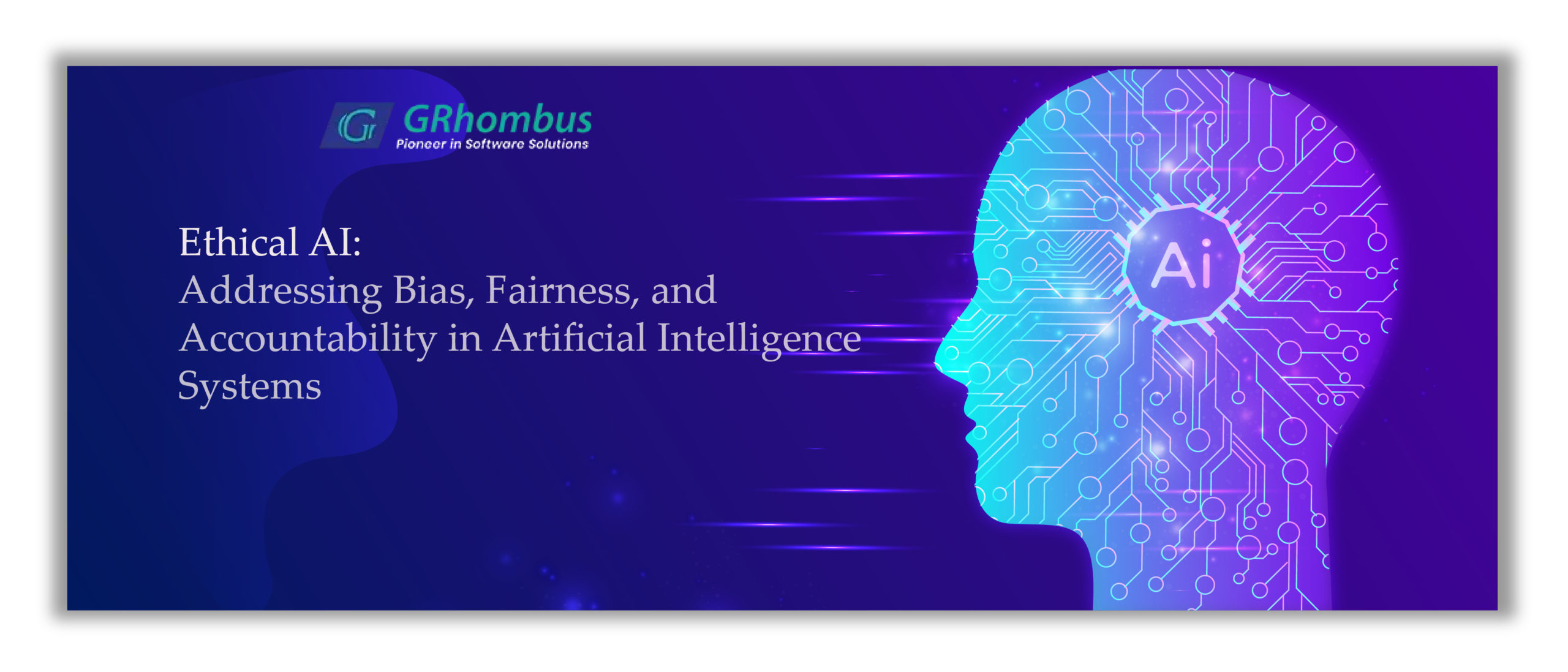Introduction to Spatial Computing
Spatial computing is revolutionizing our interaction with the digital world, blending physical and virtual environments to create a seamless user experience. It leverages a combination of hardware and software to perceive space, allowing users to interact with digital content in a three-dimensional context. This transformative technology is not just an evolution; it’s a leap into how future generations will navigate, understand, and manipulate the digital landscape.
The Science Behind Spatial Computing
At the core of spatial computing is a blend of augmented reality (AR), virtual reality (VR), and artificial intelligence (AI), working in harmony to understand and project digital objects into the real world. This section delves into the technologies that make spatial computing possible, offering a window into the intricate dance between software algorithms and hardware sensors that brings digital content to life in our physical spaces.
Current State of Mixed Reality
Mixed Reality (MR) stands at the intersection of AR and VR, merging real and virtual worlds to produce new environments where physical and digital objects co-exist and interact in real-time. This segment explores current applications of MR across various industries, highlighting its transformative potential and how it’s reshaping professional practices, entertainment, and social interactions.
Spatial Interfaces: Bridging the Digital and Real World
Spatial interfaces are at the heart of spatial computing, enabling users to interact with digital information as if it were a physical object. This part explains the concept of spatial interfaces, their development, and practical examples in today’s technology landscape, emphasizing their role in making digital interactions more intuitive and natural.
The Role of AI in Spatial Computing
Artificial intelligence plays a pivotal role in advancing spatial computing, enhancing the accuracy of spatial recognition and the responsiveness of mixed reality environments. This section explores how AI and machine learning are integrated into spatial computing, pushing the boundaries of what’s possible in creating intelligent, adaptive, and personalized mixed reality experiences.
Virtual Reality (VR) vs. Augmented Reality (AR)
While both VR and AR are integral to spatial computing, they serve different purposes and offer unique experiences. This part delineates the distinctions between VR and AR, their specific uses within the realm of spatial computing, and how they contribute to the creation of immersive, interactive digital environments.
Key Players in Spatial Computing
The landscape of spatial computing is shaped by innovative companies and startups driving the technology forward. This segment highlights the key players in the industry, their contributions to spatial computing, and how their work is laying the groundwork for the future of mixed reality and spatial interfaces.
Spatial Computing in Healthcare
Spatial computing has significant implications for healthcare, offering innovative solutions for diagnosis, treatment, and medical training. This section examines the applications of spatial computing in healthcare, showcasing case studies and discussing the potential for future developments in medical practice.
Spatial Computing in Education and Training
The interactive and immersive nature of spatial computing holds transformative potential for education and training. By integrating spatial computing into educational frameworks, this technology can enhance learning outcomes through simulation-based training and interactive learning experiences.
Spatial Computing in Retail and E-commerce
In the retail sector, spatial computing is redefining the shopping experience, enabling virtual stores and enhanced customer interactions. This part explores how spatial computing is being used in retail and e-commerce, offering insights into the future of shopping in a digitally augmented world.
Spatial Computing in Entertainment and Media
Spatial computing is opening new frontiers in entertainment and media, creating immersive experiences that were previously unimaginable. This section delves into how spatial computing is transforming the entertainment industry, from immersive storytelling to interactive gaming environments.
Challenges and Limitations of Spatial Computing
Despite its potential, spatial computing faces technical, ethical, and privacy challenges. This segment discusses the hurdles to widespread adoption and the concerns that need to be addressed to realize the full potential of spatial computing.
Overcoming Barriers to Adoption
Adopting spatial computing on a large scale requires overcoming existing barriers. This part offers solutions to technical challenges, suggests future technologies that could ease adoption, and discusses the importance of policy frameworks in facilitating the growth of spatial computing.
The Future of Spatial Computing
Looking ahead, spatial computing is set to redefine our interaction with the digital world. This section explores emerging trends, future technologies, and the potential societal impact of spatial computing, painting a picture of a future where digital and physical realms are indistinguishably merged.
Spatial Computing and IoT: A Connected Future
The integration of spatial computing with the Internet of Things (IoT) promises a future of smart environments where digital and physical objects are interconnected. This part examines the synergy between spatial computing and IoT, exploring the potential for creating intelligent, responsive environments that enhance daily life.
Designing for Spatial Computing
Creating effective spatial computing experiences requires thoughtful design and consideration of user experience and accessibility. This section outlines best practices for designing spatial computing applications, emphasizing the importance of intuitive interfaces and inclusive design principles.
Spatial Computing and Sustainability
Spatial computing also has a role to play in promoting sustainability. This part discusses the environmental impact of spatial computing technologies and how they can be designed and used in energy-efficient ways to support sustainability goals.



